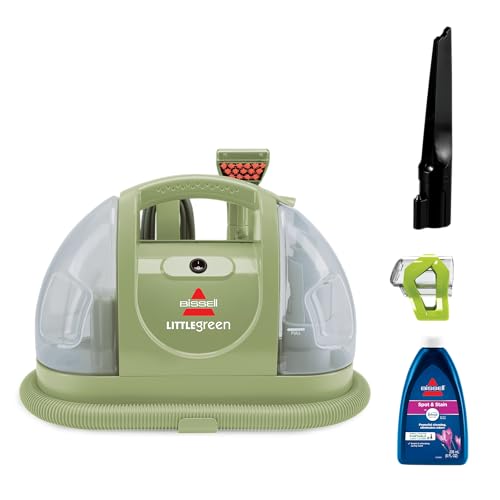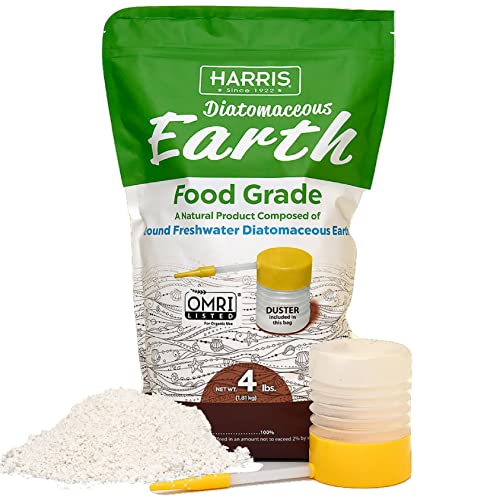5 best methods to eradicate persistent bed bugs from pest control who specialize in infestation wipeouts
Learn how to eradicate bed bugs and stop these pesky critters from wreaking havoc in your home


No one wants to discover a bed bug infestation in their home. When these tiny, resilient pests invade your space they cause all kinds of chaos and discomfort. Plus, they have an uncanny ability to hide in the smallest of cracks and crevices, making them incredibly difficult to eliminate with just one method.
While there are numerous DIY solutions out there, not all are created equal. Some treatments might provide temporary relief, but true eradication requires a multi-pronged approach and, in some cases, professional intervention.
Pest control experts agree that to successfully wipe out these home invaders, you should employ a mix of the five best methods to get rid of bed bugs. Below, they share the knowledge and tools you need to tackle even the most stubborn infestations head-on.
Best methods to eradicate bed bugs
Peter Rania, President & CEO of Waltham Pest Control Co., advises, 'The key to eradicating bed bugs is thorough preparation and treatment. Clear out clutter, vacuum regularly, seal entry points, and encase your mattresses. Be sure to treat the problem room and surrounding areas, including cracks and crevices in walls and furniture. Don’t forget to remove outlet covers and treat the voids behind them.'
He adds, 'However, be warned. No single method is foolproof, so diligent monitoring for several weeks after treatment is crucial. You may need additional spot treatments to fully eliminate the infestation, but with persistence, you can conquer bed bugs!'
1. Bed bug interceptors
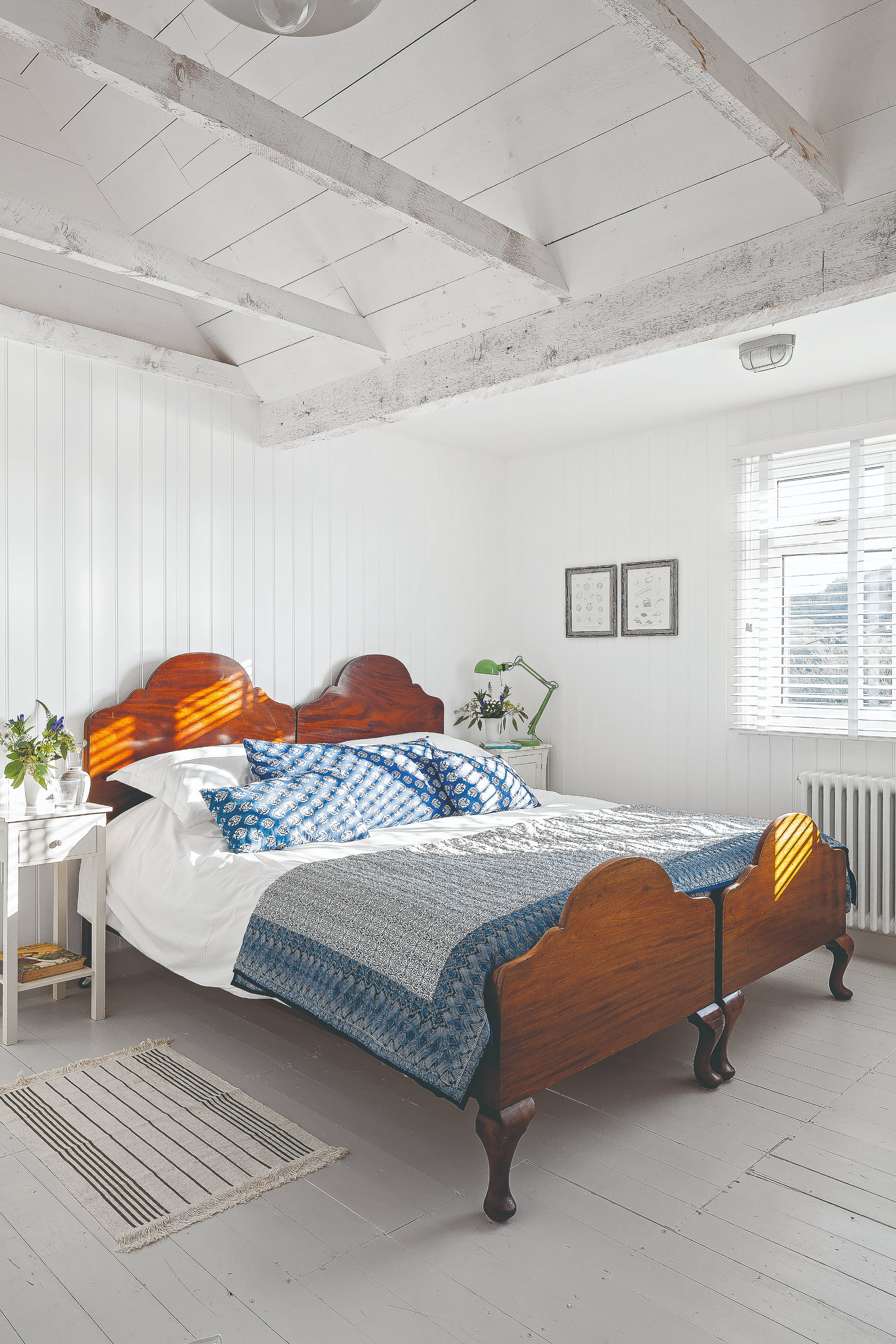
If you want to prevent bed bugs from being a nuisance in your home, it's crucial to spot them as early as possible. You should inspect used furniture and entry points regularly and take action fast if you see signs like blood spots, molted bed bug skins, or the bugs themselves, they're round, flat and often brown. The sooner you can treat the area, the easier elimination will be.
Bed bug interceptors such as Bed Bug Blocker Pro from Amazon are an essential tool in your fight against bed bugs. These small, circular traps are placed under the legs of your bed and furniture to catch bed bugs as they attempt to climb up or down.
Design expertise in your inbox – from inspiring decorating ideas and beautiful celebrity homes to practical gardening advice and shopping round-ups.
Kevin Carrillo, MMPC, Pest Control Specialist, explains, 'Slide four interceptors or empty plastic containers beneath the four legs of your bed (or another piece of infested furniture). Then, pour a little bit of cooking oil into each dish. Keep an eye on these containers and see if they catch or intercept any bed bugs.'
Using bed bug interceptors helps you get a clear sense of how severe the infestation is and whether further treatment steps are necessary.
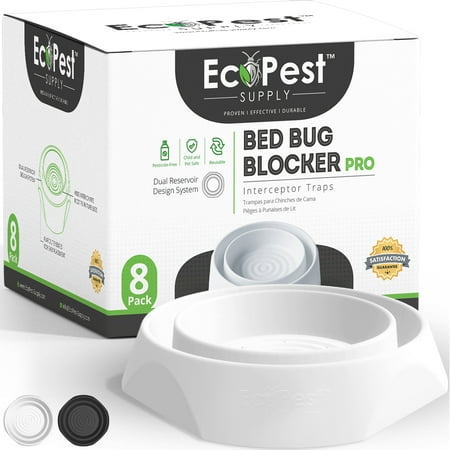
This pack of bed bug interceptors helps prevent bed bugs from entering your bed in the first place. Each trap features a flat outer edge, making them easy to install in corners and along walls. The spacious interior reservoir accommodates most bed posts and furniture legs, ensuring a secure fit.
2. Heat treatments
Heat treatments are one of the most effective methods to eradicate bed bugs, as these tiny but pesky pests cannot survive at high temperatures. By raising the temperature in an infested area to around 120–140°Fahrenheit, you can kill both bed bugs and their eggs.
'As an expert in bed bug removal for over 40 years, I've found that heat treatment is extremely effective,' says Peter Rania from Waltham Pest Control Co. Inc. 'We use the Thermal Pest Eradicator, which reaches temperatures lethal to bed bugs, even the ones hiding in cracks and crevices.'
HVAC expert Al Fouz agrees, 'I've helped many clients eliminate bed bug infestations through professional heat treatments. We use industrial heaters that raise ambient temperatures to at least 140° F, the lethal level for all bed bug life stages. But the key is treating the entire area, especially cracks and crevices where they hide.'
Achieving and maintaining the required temperature throughout the space can be difficult and risky to attempt on your own. While professional exterminators like Peter and Al use specialized equipment to safely raise room temperatures, everyday heaters won’t quite cut it and pose potential fire hazards.
This method is best left to professionals who have the proper equipment and expertise to ensure the job is done thoroughly and safely. However, if you want to tackle the problem at home, you could try turning up the heat with a commercial steamer (see below).
3. Steam cleaning
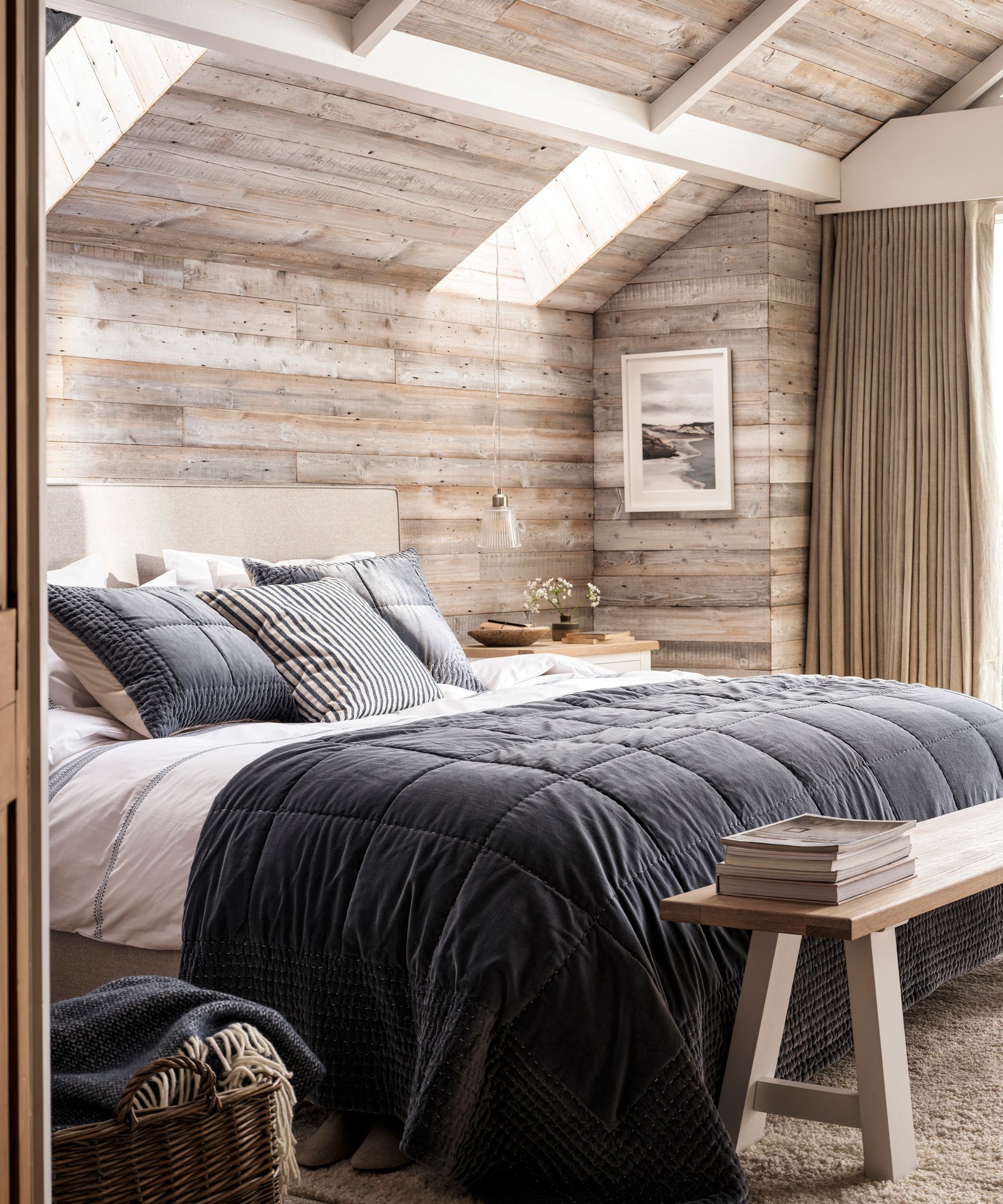
Steam cleaning a mattress is an effective and chemical-free way to kill bed bugs and their eggs on contact. The high temperatures produced by a steam cleaner can penetrate deep into mattresses, bed frames, and other furniture, reaching bed bugs hiding in seams, cracks, and crevices.
When using a steam cleaner, it's important to use the right equipment – preferably one that can reach temperatures of at least 200°F. These can be purchased online or rented from your local big box store (such as Lowes or Home Depot).
Make sure you move the steam cleaner slowly across the surface of infested upholstery to ensure the heat penetrates thoroughly (take around 20 seconds to cover one square foot of space).
But be cautious when using steam on delicate materials such as memory foam mattresses, as the high temperature can cause warping and damage.
4. Cold treatment
Like heat treatments, cold treatment is an effective way to kill bed bugs by exposing them to freezing temperatures. By placing infested items in a freezer below 0°F (-18°C) for several days, you can eliminate both bed bugs and their eggs. This method works well for small items like bedding, clothing, or shoes that can safely be frozen.
Kevin Carrillo, Pest Control Specialist at MMPC, advises, 'Slide affected items into sealed plastic bags and stick them in the freezer. Cold temperatures won't kill bed bugs right away, so keep your bags frozen for at least three days, to be safe.'
Afterward, inspect the items carefully to ensure all bed bugs are gone. For extra safety, wash and dry fabrics on high heat before using them again. 'Stick any dirty and infested linens and clothes in your washer at 140°F. Then, transfer the washed items to your tumble dryer for a 20-minute cycle on a really high heat. Use as many loads as necessary – this will kill any bed bugs and eggs in your clothes, blankets, and sheets.'
Be mindful that not all items can handle freezing temperatures, and of course, this method obviously isn’t doable for large furniture or entire rooms. For more extensive infestations, it’s best to consult a professional exterminator who can offer alternative solutions.
4. Diatomaceous earth
Diatomaceous earth is a natural pest control method often used to eradicate bed bugs. This non-toxic powder, made from fossilized algae, is deadly to bed bugs. When they come into contact with diatomaceous earth, it damages their exoskeletons, causing them to dehydrate and die.
This method is popular because it’s safe to use around pets and children, and it can be applied in hard-to-reach areas where bed bugs tend to hide. Kevin Carrillo from MMPC advises, 'Focus on the spots that bed bugs frequent the most, like around bed frames and inside wall crevices. Just keep in mind that diatomaceous earth isn’t an instant remedy – you’ll need to wait up to two weeks before seeing any results.'
It's fine powder also shouldn't be inhaled so be cautious when laying it down, and sleep elsewhere whilst it's at work in the infested room.
Eliana Coca, Founder of E.C. House Cleaning also swears by this method of eradicating bed bugs, adding, 'For residential clients, I like to combine diatomaceous earth with organic essential oils like lavender, citronella, and eucalyptus (which naturally repel bed bugs). We place it in crevices and the perimeter of rooms to create an effective barrier. CimeXa Dust Insecticide from Amazon also works well and can last up to 10 years if undisturbed.'
Whn using diatomaceous earth, always make sure you are wearing a mask to avoid inhaling any particles.
5. Chemical treatments
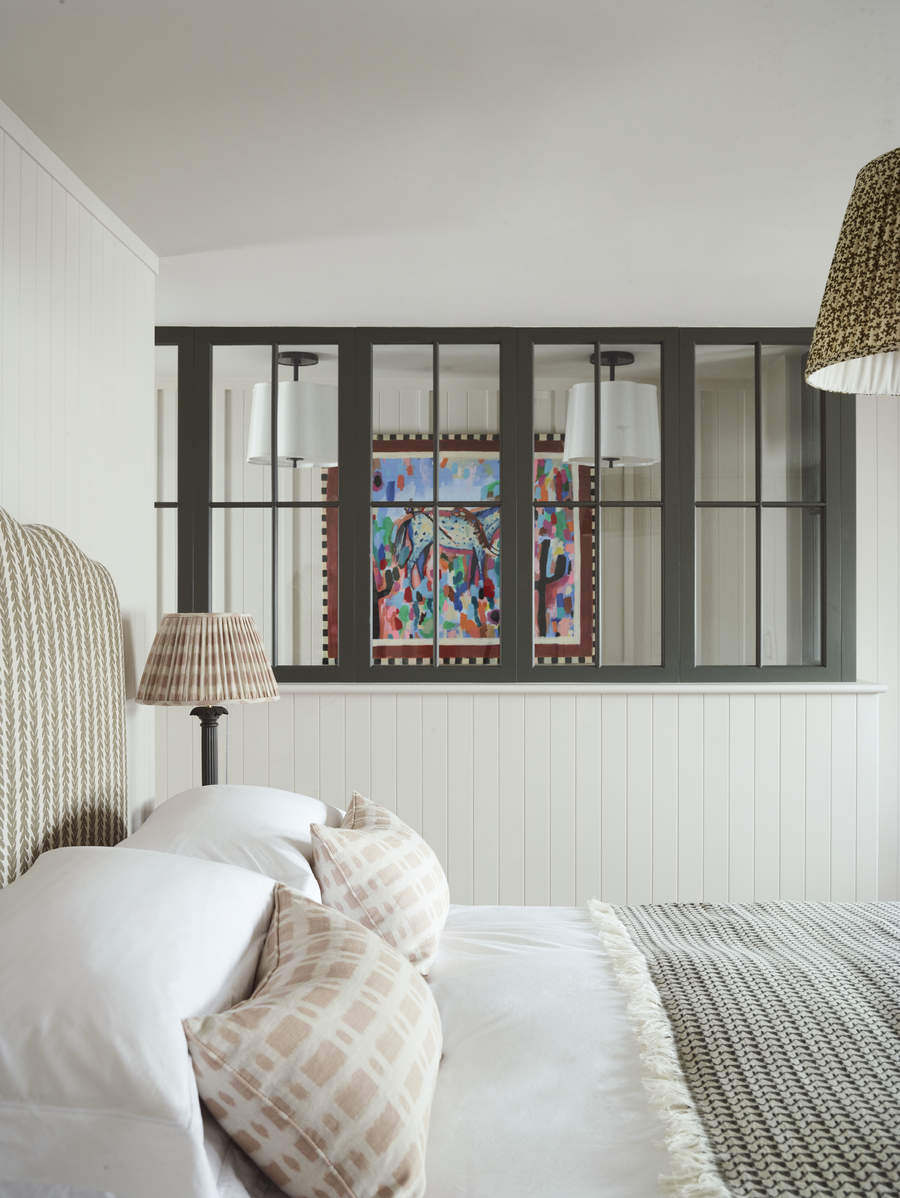
Chemical treatments should be your last line of defense against bed bugs, given the health risks posed by pesticides and the fact that some bed bugs have developed resistance to these chemicals. However, when facing a severe infestation, chemical treatments may be unavoidable.
If you decide to go this route, choose a product specifically designed for bed bugs, such as those containing pyrethroids or neonicotinoids, and be meticulous in following the instructions. Ensure that the treated areas dry completely and that the space is well-ventilated during and after application.
Safety is paramount – wear protective gear, and keep pets and children out of the area until it’s safe to return. If you find that the infestation lingers despite treatment, it could be due to pesticide resistance. In such cases, it’s wise to consult a professional exterminator, who can apply treatments safely and suggest alternative solutions to finally rid your home of these stubborn pests.
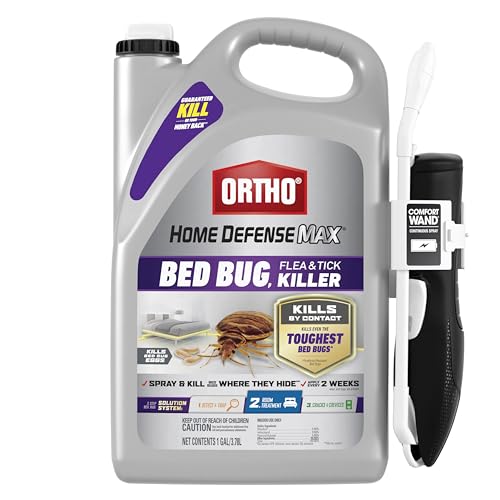
With over 27,000 sales and an average of 4.5 stars, this bed bug spray is tough on pests and is proven to eradicate bed bug infestations at home. Use spray as a spot treatment around bed frames, mattress seams, tufts, folds, and baseboards, but always wear a mask and isolate the area from pets and children during use.
FAQs
Can you vacuum bed bugs?
Yes, vacuuming should be your first line of defense against bed bugs. Pest Control Specialist, Kevin Carrillo, explains, 'Start by vacuuming your mattress, bed frame, box spring, and carpet. Clean your vacuum bag out. Then, get a thin hose attachment and vacuum everything. Go over each section of your mattress two to three times, along with the sides and base of your bed frame. Finish things off by vacuuming the floor and going over carpeted areas two to three times as well. This removes any adults that are hanging out around your bed.'
Can rubbing alcohol eradicate bed bugs?
Rubbing alcohol can kill bed bugs on contact by dissolving their outer shell and causing them to dehydrate. However, it's not a reliable method for eradicating an entire infestation. Rubbing alcohol only kills bed bugs that it directly touches, so it’s easy to miss hidden bugs and eggs.
Do essential oils kill bed bugs?
While this method has gained popularity as a natural pest remedy, expert warn against using essential oils to kill bed bugs as these oils are not effective at eradicating an infestation. Essential oils can't penetrate the tough protective shells of bed bug eggs, nor can they reach the deep, hidden crevices where these pests like to hide. Although they are good at repelling these critters, you should combine essential oils with diatomaceous earth for the best results.
Does baking soda kill bed bugs?
Using baking soda to kill bed bugs is often hailed as a good natural remedy, but unfortunately, it falls short as a solution. While some believe that baking soda can dehydrate and kill bed bugs by absorbing moisture or cutting into their exoskeletons, there’s no scientific evidence to back this up.
Can you suffocate bed bugs?
Yes, you can suffocate bed bugs, but this method alone may not be sufficient enough to eradicate a bed bug infestation. Kevin Carrillo explains how to use this technique, 'Suffocate the bed bugs with mattress covers and box spring covers. Simply slide your infested mattress and box spring into large, sturdy covers designed for bed bugs and/or dust mites and seal these covers up tightly, inspecting them occasionally for tears.' You can purchase mattress protectors designed for bed bugs online, such as this SafeRest queen-sized protector from Amazon.
Meet the experts

Peter Rania is the President & CEO of Waltham Pest Control Co., Inc., located at 97A Cambridge St., Burlington, MA. With over 40 years of experience, Waltham Pest Control has built a reputation for excellence in residential and commercial pest control services across Eastern Massachusetts.

Kevin Carrillo is a Pest Control Specialist and the Senior Project Manager for MMPC, a pest control service and certified Minority-owned Business Enterprise (MBE) based in the New York City area. MMPC is certified by the industry’s leading codes and practices, including the National Pest Management Association (NPMA), QualityPro, GreenPro, and The New York Pest Management Association (NYPMA).

Al is the owner of Abaco Air Experts, a family-run HVAC business based in Jacksonville. He has decades of experience in the HVAC industry and leads a team of seasoned professionals to provide various cooling and heat-related services and treatments, including bed bug removal.

Eliana founded E.C. House Cleaning to help her clients clean their homes and remove unwanted pests with ease. Having worked in the industry for over 20 years, Eliana has plenty of experience ridding homes of beg bugs and related pests.
Bed bugs aren't the only common household pests that can cause you to itch. If you can't see any signs of bed bugs in your home, you may be experiencing the signs of a flea infestation instead, which usually hitch a ride into your home on furry pets.

Gabriella is a freelance contributor for Homes & Gardens. She is a DIY enthusiast and a lover of all things interior design, often found antiquing or browsing the aisles of her local hardware store. She has a particular passion for historic buildings and is in the process of renovating a Victorian coachhouse in the countryside.
For much of the past decade, Gabriella has worked as a freelance writer, crafting copy for national publications and renowned homeware brands. Most recently, she worked for Homebuilding & Renovating Magazine and is the former Head of Solved at Homes & Gardens, focusing on case studies for the magazine and website, as well as writing features about issues surrounding historic and listed building projects.
